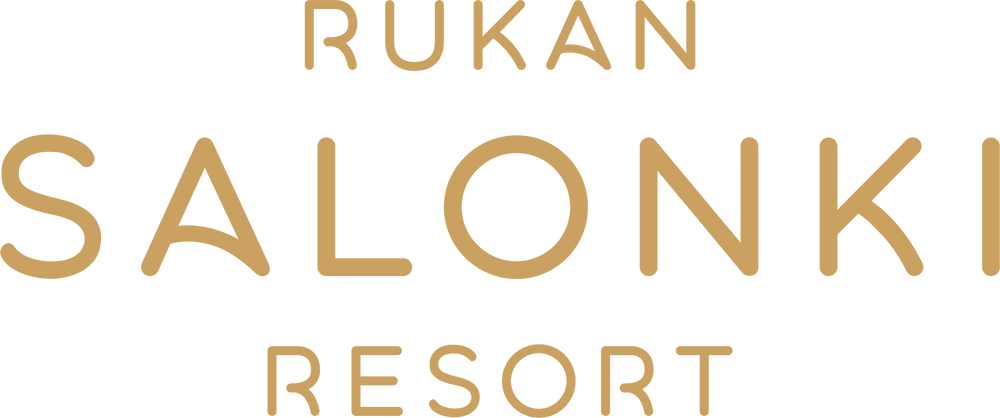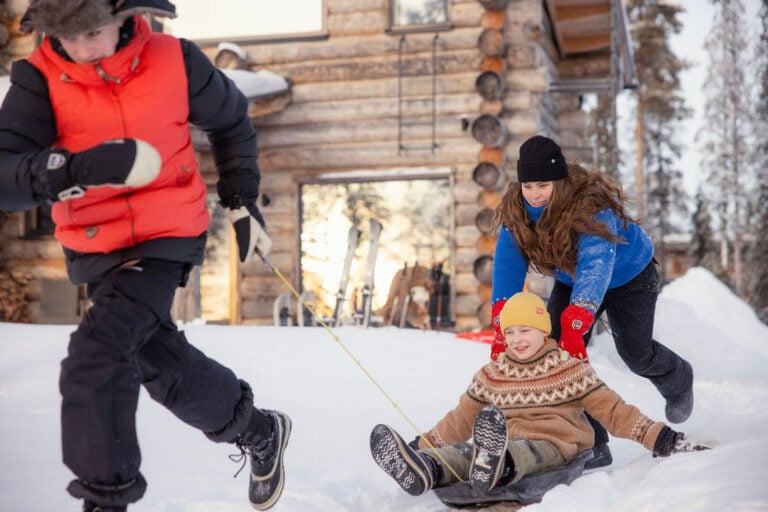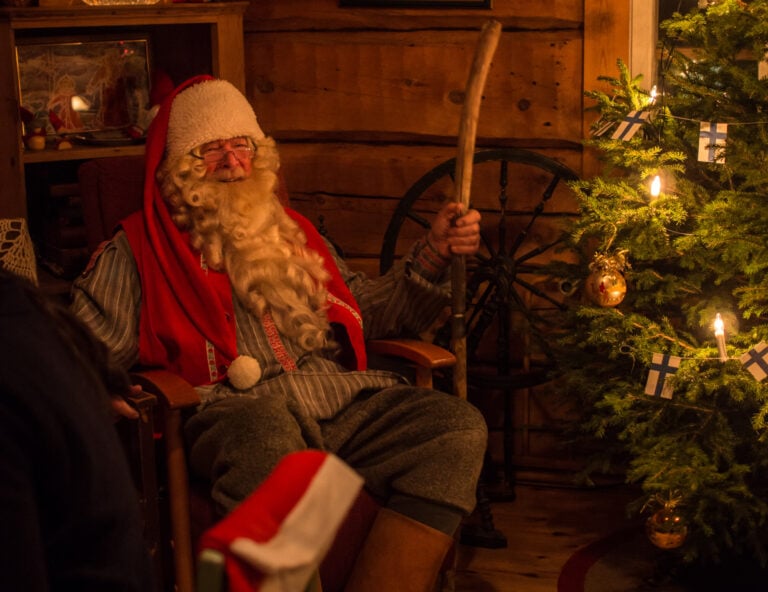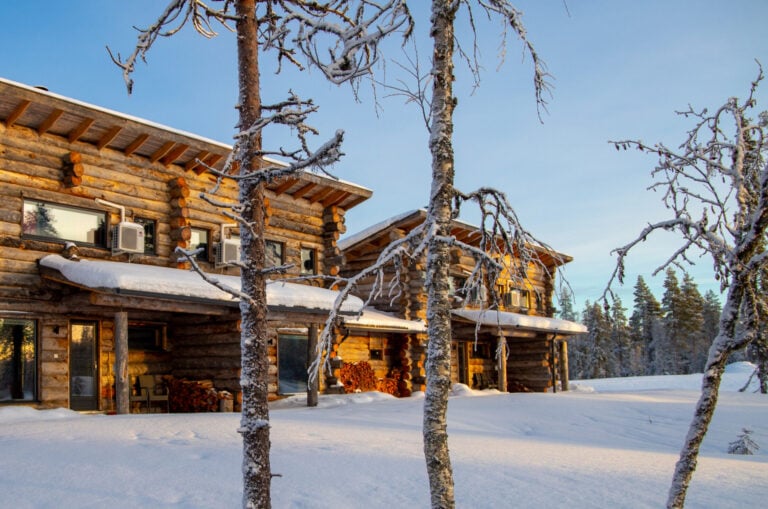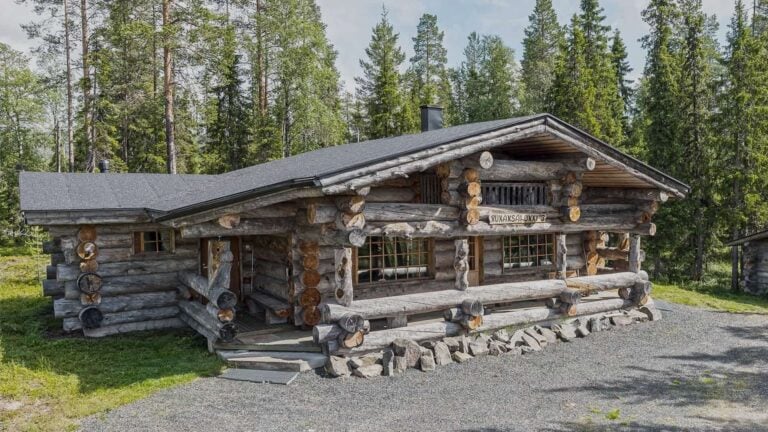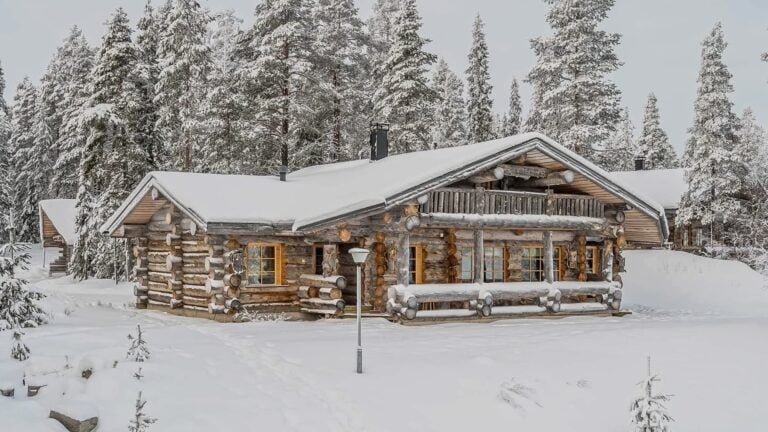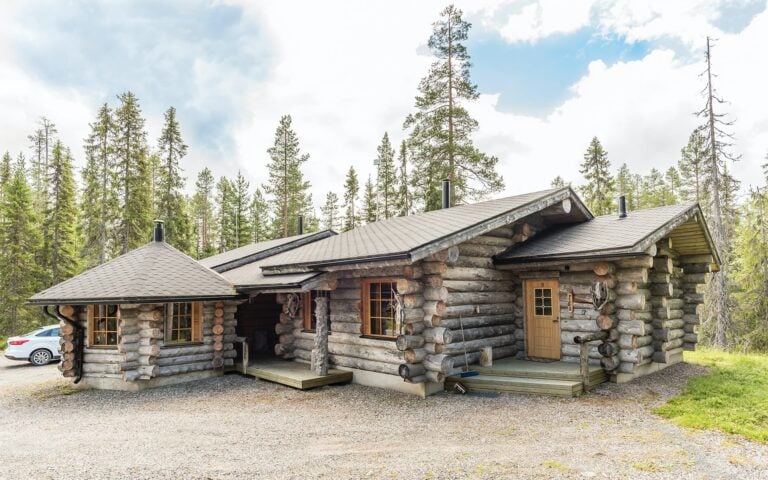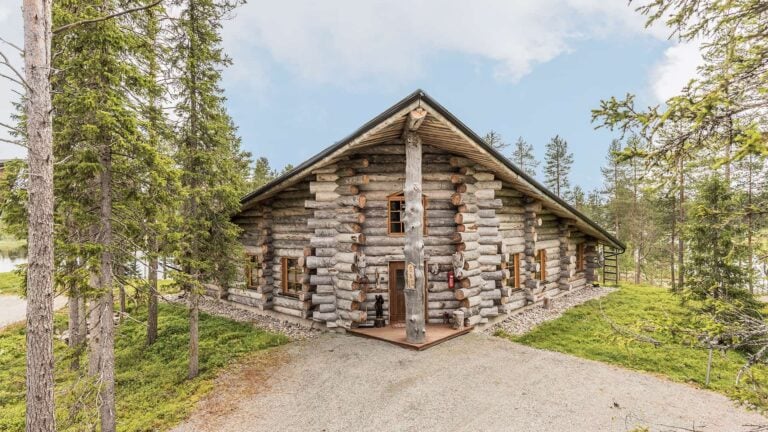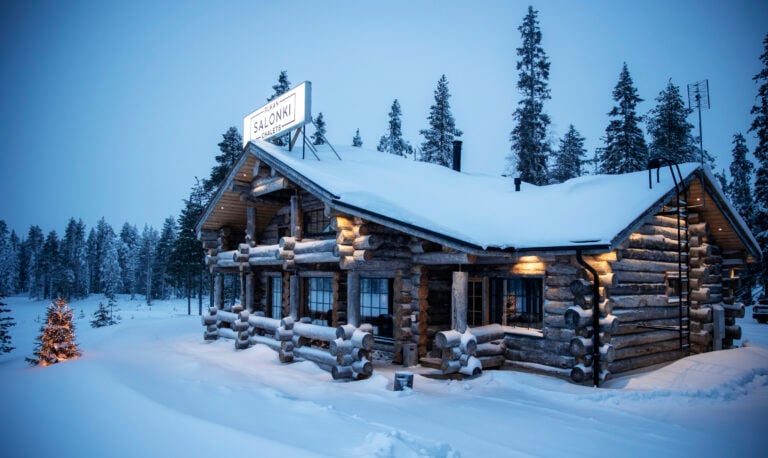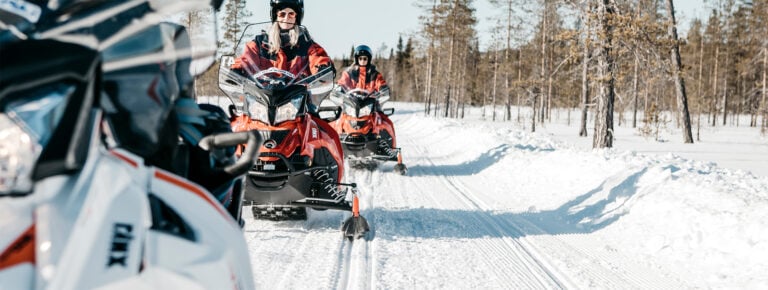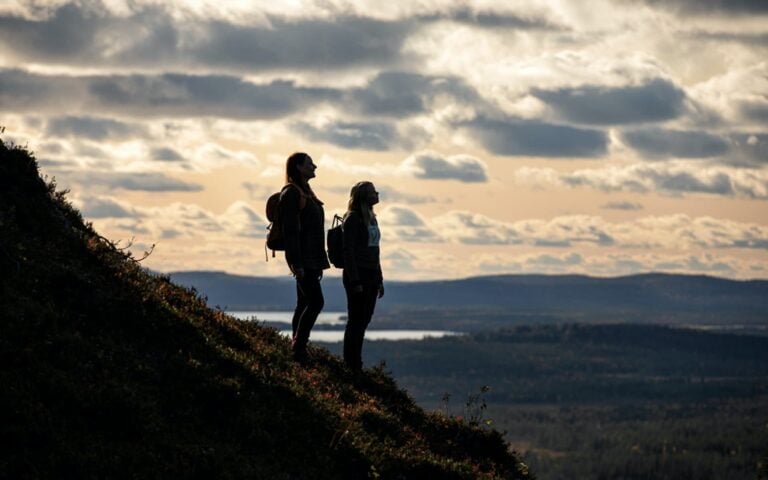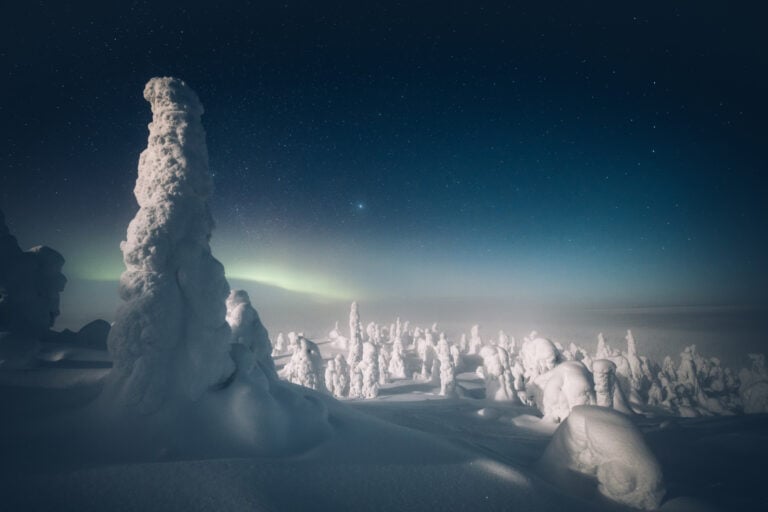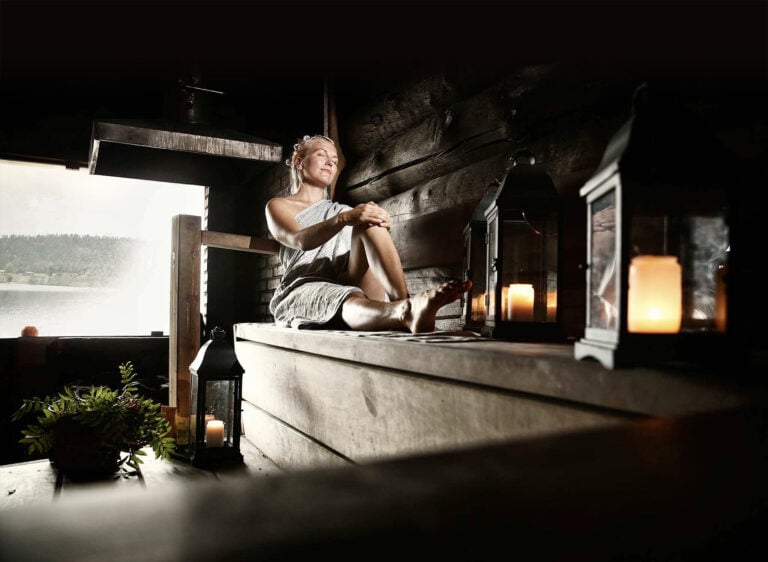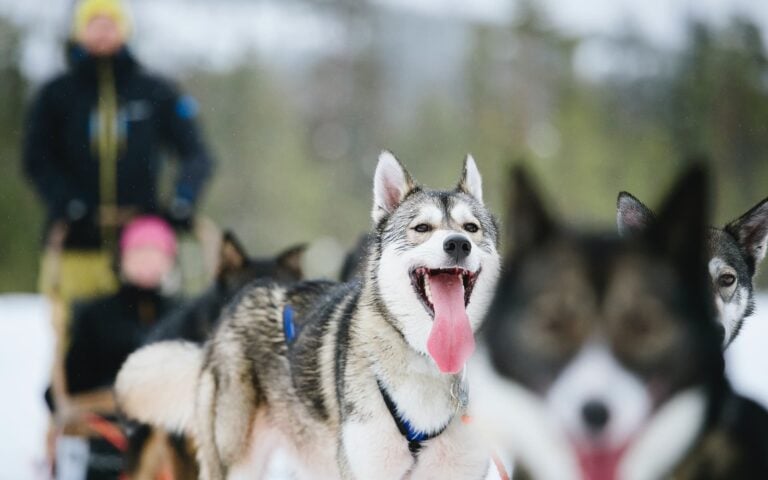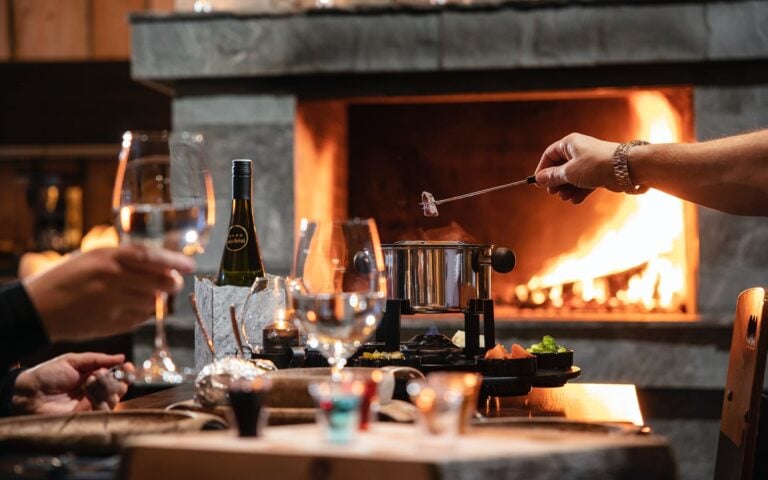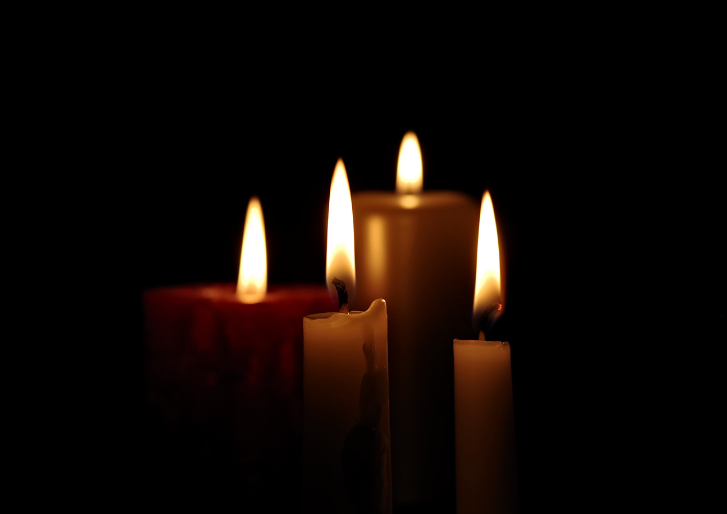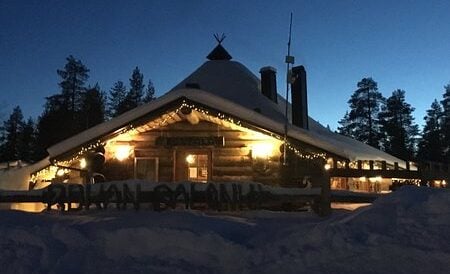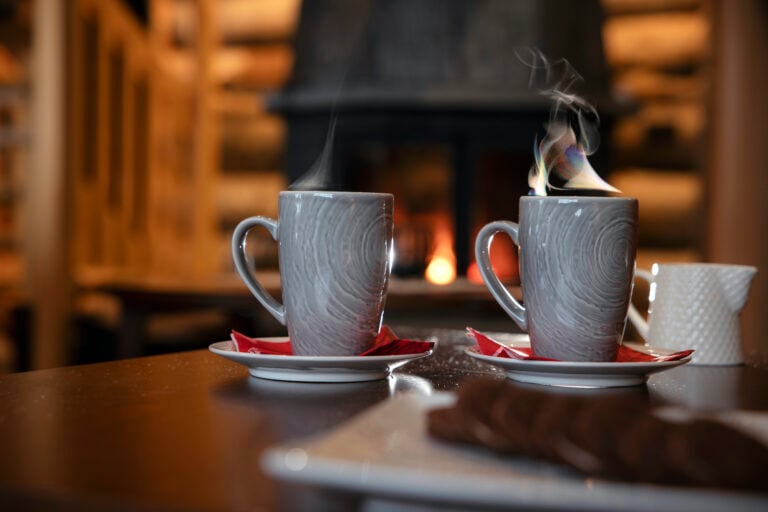What is the best time to see northern lights in Lapland?
The best time to see northern lights in Lapland is from late September to early March, with peak viewing opportunities occurring between October and February. The optimal viewing hours are typically between 9 PM and 2 AM, when darkness is at its deepest and aurora activity is strongest. Weather conditions must be clear with minimal cloud cover for successful aurora viewing.
Understanding northern lights visibility in Lapland
Lapland’s position within the auroral oval makes it one of the world’s premier destinations for northern lights tourism. This region sits at approximately 66°N latitude, placing it directly beneath the zone where aurora borealis activity occurs most frequently and intensely.
The aurora borealis phenomenon results from solar particles colliding with Earth’s magnetic field, creating spectacular light displays in the polar regions. Lapland’s geographical advantages include its location well above the Arctic Circle, minimal light pollution in rural areas, and long periods of darkness during winter months.
The region’s stable weather patterns and accessible infrastructure make it ideal for aurora viewing Finland experiences. Unlike more remote arctic locations, Lapland offers comfortable accommodation options combined with easy access to prime viewing locations, making it perfect for northern lights tourism.
What months are best for seeing northern lights in Lapland?
The Lapland northern lights season runs from late September through early March, with the most reliable viewing opportunities occurring between October and February. During these months, darkness hours are sufficient for aurora visibility, and atmospheric conditions are typically most favourable.
September marks the beginning of the season, though viewing opportunities are limited to late evening hours. October through February represents the peak season, offering up to 20 hours of darkness per day in December and January. March can still provide excellent viewing, particularly in the first half of the month.
The relationship between darkness hours and aurora visibility is crucial. Aurora borealis requires complete darkness to be visible to the naked eye, making the extended polar nights of Lapland winter travel season ideal for extended viewing opportunities.
What time of night should you look for northern lights?
The optimal viewing window for when to see northern lights typically falls between 9 PM and 2 AM, when atmospheric conditions are most stable and darkness is at its deepest. However, during peak winter months, aurora viewing can begin as early as 6 PM and continue until dawn.
Aurora activity follows natural patterns, with increased frequency during the late evening and early morning hours. The hours around midnight often provide the most spectacular displays, as this timing coincides with peak geomagnetic activity periods.
Darkness duration varies significantly throughout the northern lights season. In September and March, viewing windows are limited to a few hours, while December and January offer nearly continuous darkness, allowing for extended aurora watching opportunities and flexibility in planning northern lights activities.
How do weather conditions affect northern lights viewing?
Clear skies are absolutely essential for successful aurora viewing, as even thin cloud cover can completely obscure the northern lights display. Weather conditions play a more significant role than aurora activity levels in determining viewing success.
Cloud cover, precipitation, and atmospheric moisture all impact visibility. Light snow or fog can completely block aurora viewing, while high-altitude clouds may allow some visibility but reduce the intensity of the display. Wind conditions can also affect comfort during extended outdoor viewing sessions.
Checking weather forecasts becomes crucial when planning aurora viewing expeditions. Modern weather apps and aurora prediction services provide detailed cloud cover forecasts, helping visitors choose the best nights for viewing. Professional guides often monitor these conditions closely to maximise success rates for their guests.
What makes Ruka an ideal location for northern lights viewing?
Ruka northern lights viewing benefits from exceptional geographical positioning, minimal light pollution, and easy access to prime viewing locations. The area’s elevation and clear horizons provide unobstructed views of the northern sky where aurora displays are most prominent.
The region’s remote location ensures dark skies free from urban light pollution, while still maintaining excellent accessibility and infrastructure. Ruka’s position offers multiple viewing angles and locations, from lakeshores to hilltops, allowing visitors to find optimal viewing spots regardless of weather patterns.
Local expertise and established aurora viewing traditions make Ruka particularly attractive for northern lights tourism. The area offers specialised aurora viewing packages that combine comfortable accommodation with guided viewing experiences, maximising visitors’ chances of witnessing this natural phenomenon.
Planning your northern lights adventure in Lapland
Successful aurora viewing requires strategic planning that considers seasonal timing, weather patterns, and accommodation logistics. The key to maximising your chances lies in allowing sufficient time for multiple viewing opportunities during your stay.
Combining aurora viewing with other winter activities creates a well-rounded Lapland experience. Daytime activities such as husky sledding, snowmobiling, or winter hiking complement evening aurora watching, making the most of your northern lights tourism adventure.
Booking flexible accommodation arrangements allows for spontaneous aurora viewing when conditions are optimal. Many visitors find that staying for at least four to five nights significantly increases their chances of witnessing clear aurora displays, as weather conditions can change rapidly in the Arctic environment.
Consider packing appropriate winter clothing, including warm layers and waterproof gear, as aurora viewing often requires extended periods outdoors in sub-zero temperatures. Professional aurora tours provide equipment and expertise, but independent viewing requires proper preparation for Arctic conditions.


